Erprobungsgruppe 210 loses first leader 15 Aug 1940
Operations against England on the 15th of August 1940 were planned by the Luftwaffe to overpower RAF Fighter Command by heavy attacks on Britain from the southwest to the northeast throughout the day. It was a hectic day of operations for all concerned on both sides but by the end of day, the Luftwaffe had suffered serious losses with no perceptible change in the ability of the RAF to repel such attacks.
The last raids on Britain that evening were intended to inflict damage on 2 major fighter airfields southeast of London – Biggin Hill and Kenley. For reasons attributed to poor visibility in the setting sun and low haze, both raids missed their targets, West Malling being attacked by the Biggin Hill force, while Croydon was bombed instead of Kenley.
The Kenley/Croydon attack was made by Erprobungsgruppe 210 (Erpro 210) with an escort of Bf 109s from JG 52. Until then, Erpro 210’s more successful raids had been either in the Channel or the east coast, or the coastal strip in those areas. Kenley was the deepest penetration raid undertaken, the hope being that their presence would be mistaken for part of the much larger force attacking Biggin Hill. On previous raids, the speed of Erpro 210’s Bf 110s and Bf 109s led to them being largely ignored since they were too fast for the bombers that the RAF controllers were intent on intercepting.
On this occasion, by the time the German formation was over the Kent/Surrey borders, 111 Squadron’s Hurricanes were already heading in their direction and 32 Squadron’s Hurricanes were scrambled in time to meet the fighter-bombers as they dropped their bomb loads over Croydon. At the start of this sortie, Erpro 210 had been shepherded closely by Bf 109s from JG 52, but over north Kent these had already turned for home, either due to fuel problems or simply losing their charges in the low visibility. The result of this was that Erpro 210 were faced with a fighting retreat against some 21 Hurricanes from the 2 British squadrons.
The German pilots formed their usual defensive circles as they climbed back from dropping their bombs, defended where they could be by the Bf 109 E-4/Bs of the group’s 3rd Staffel, which had also dropped their bomb loads. Inevitably, the German aircraft were obliged to break for the Channel coast and home, pursued by their Hurricane attackers, together with other British aircraft that were in the area following the West Malling raid.
The result of this engagement was that 7 of the 22 aircraft that bombed Croydon airfield were shot down, only one of these being one of the Bf 109 E-4/Bs. Such a high loss rate is disastrous for any combat unit, but the worst part for Erpro 210 was the loss of its leader, Hauptmann Walter Rubensdoerffer and his gunner in Bf 110 D-O/B, Werk Nummer 3338 marked as S9+AB.
The Gruppenkommandeur had been in command since the unit’s formation on the 1st July 1940 and had been instrumental in developing the Jabo tactics the unit employed. His luck ran out during that evening sortie over Croydon; as he climbed after dropping his bombs, his aircraft was raked by MG fire from the Hurricane of S/L Thompson of 111 Squadron who thought he’d destroyed the Bf 110. Some gun camera footage from Thompson’s aircraft clearly showed the damage to a Bf 110 marked S9+AB, but Thompson was unable to confirm the kill since his aircraft stalled and fell away.
Although damaged, Rubensdoerffer’s aircraft flew on and it’s unclear whether other British pilots may have taken fleeting shots at the aircraft. P/O Byron (Ron) Duckenfield from Gravesend’s 501 Squadron was nearing the end of his sortie when he spotted what he described as a Dornier 215 heading southeast and gave chase. He overtook the weaving aircraft near the Kent/Sussex border and fired off the last of his ammunition, noting that one of the Bf 110’s engines had caught fire, but due to his fuel situation he was forced to return to base. A witness on the ground close to where the aircraft impacted described the flaming aircraft approaching very low and crashing in a pig farm near Rotherfield, finally exploding and killing not only the crew, but also several of the pigs from the farm.
During the last minutes of Rubensdoerffer’s flight south, one of the unit’s Bf 109 pilots, Lt Horst Marx in Yellow 3, had been intent on escorting the leader’s damaged Bf 110 home and had already heard over the radio that Rubensdoerffer was injured and his gunner dead. Marx was then himself shot down by a 32 Squadron pilot, but managed to bail out into captivity, accompanying the police to the crash site of his leader.
I’d been unsuccessful in my attempt to find any photos of S9+AB, even though the unit’s history and operations has been covered in detail, particularly by John Vasco and more recently by Red Kite’s Simon Parry. As such, it’s an important aircraft that has rarely, if at all, been modelled, so I decided Eduard’s 1/48 scale Bf 110 D Profipack kit would be a good basis to start. The lack of detail on the aircraft itself effectively gave me some artistic licence, as well as the opportunity to provide my fellow modellers with ammunition for criticism, which is always valuable.
After the best part of 6 months work, off and on in short spurts due to other commitments, the result of this is as shown in the photos. Of course, my own ineptitude created all sorts of problems along the way. I could’ve particularly done without Eduard providing fuselage sections for both C and D variants in the Bf 110 D kit. Paying attention often avoids the sort of pitfalls that caused, but I can’t really blame anyone but myself. I’ve also included a couple of pictures of Horst Marx’ Yellow 3 that I modelled last year.
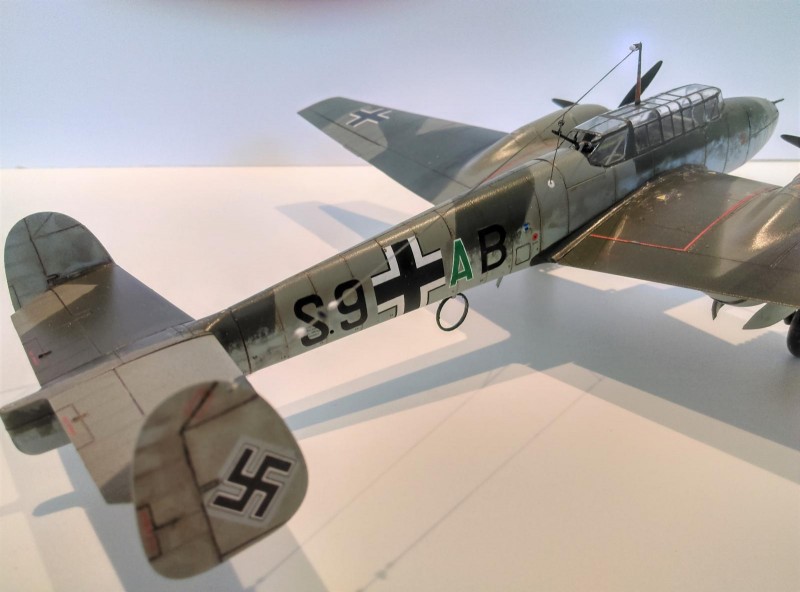
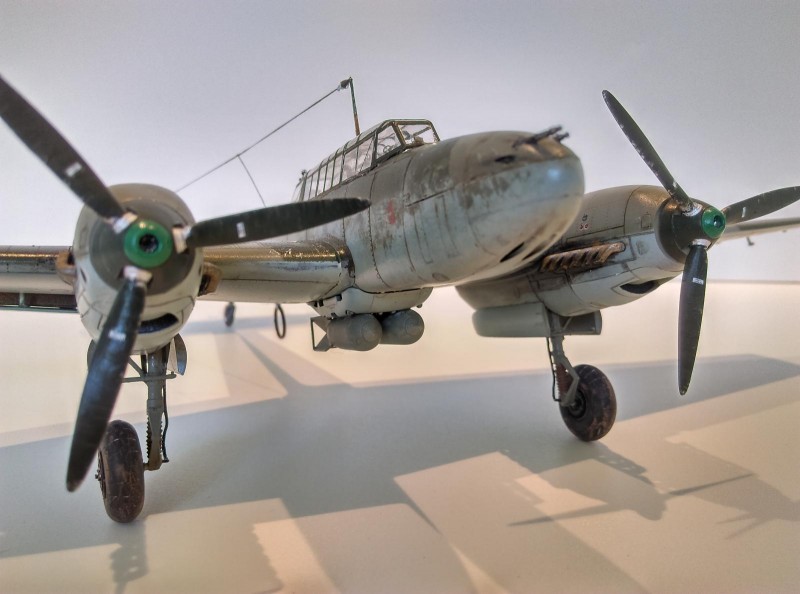
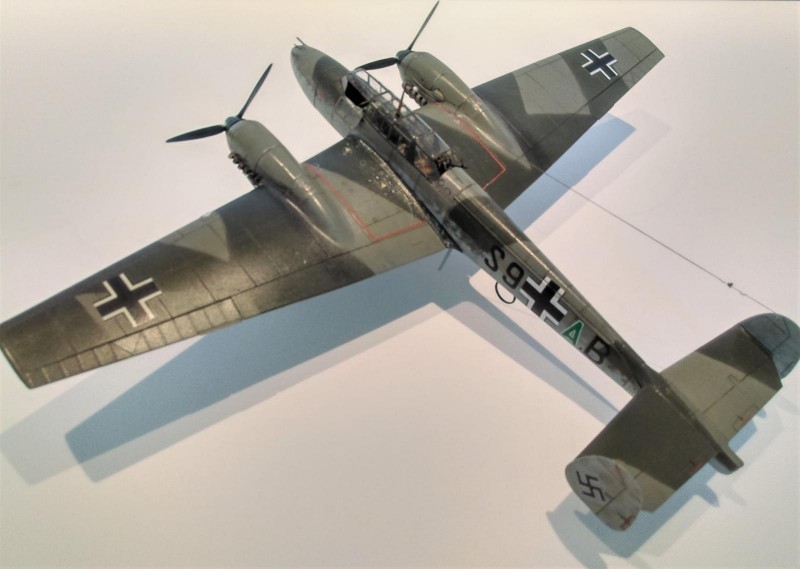
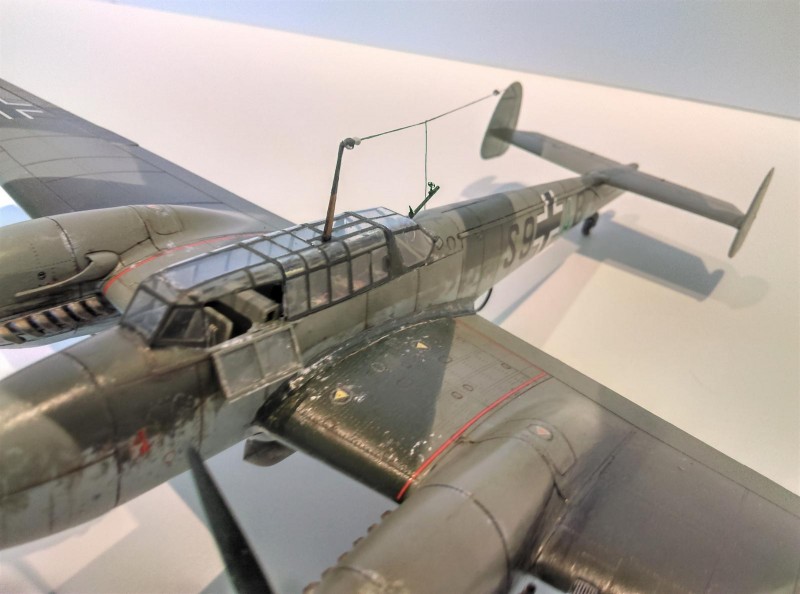
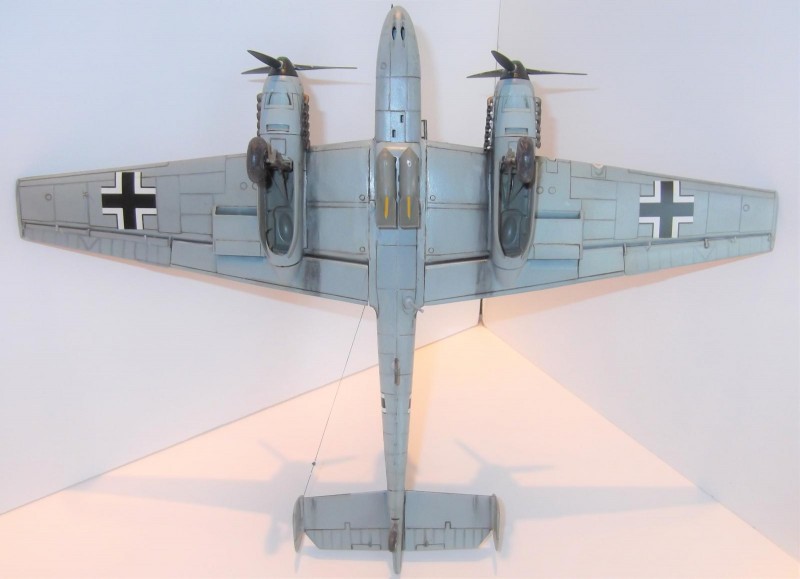
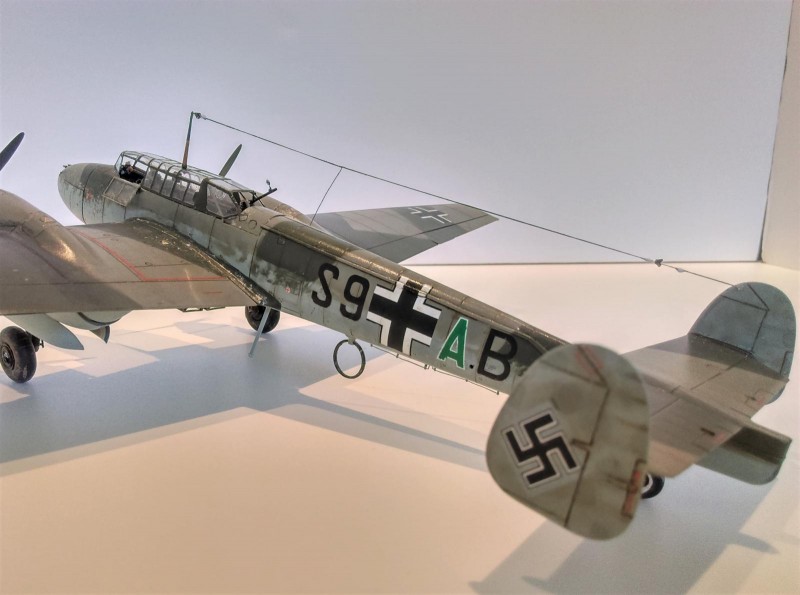
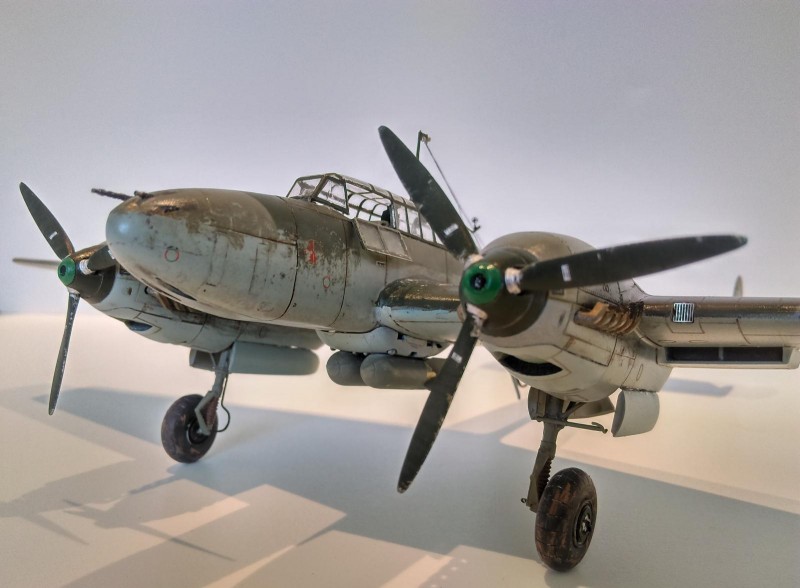
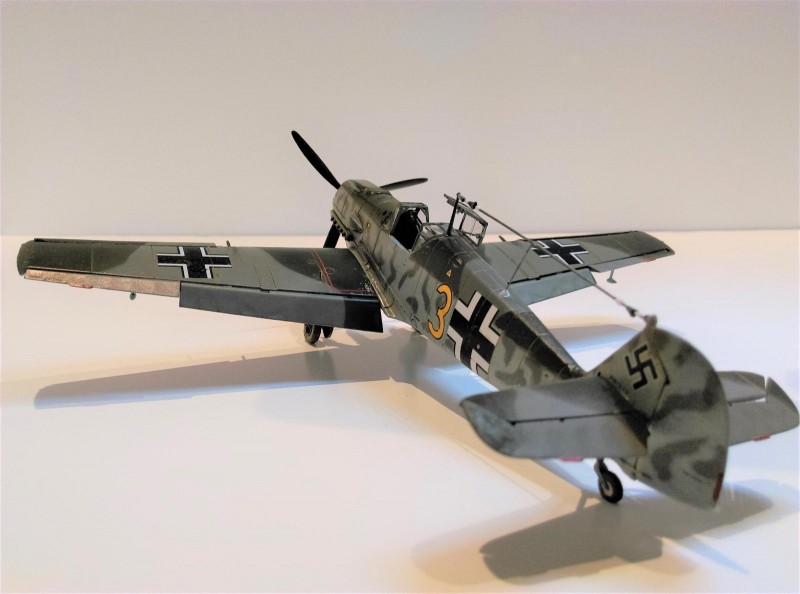
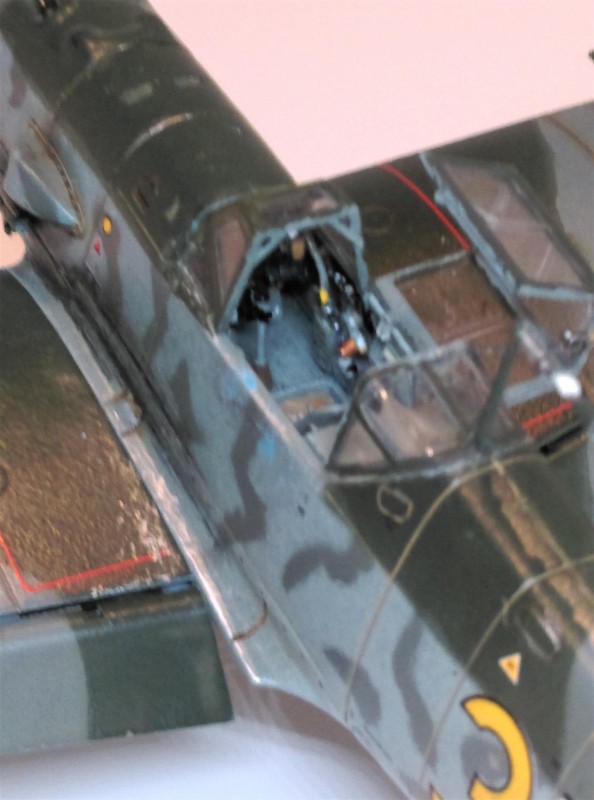
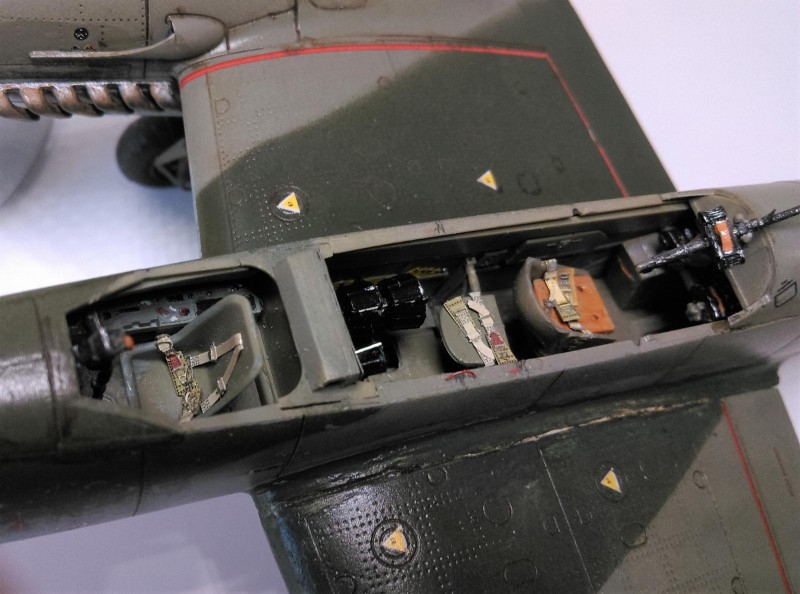
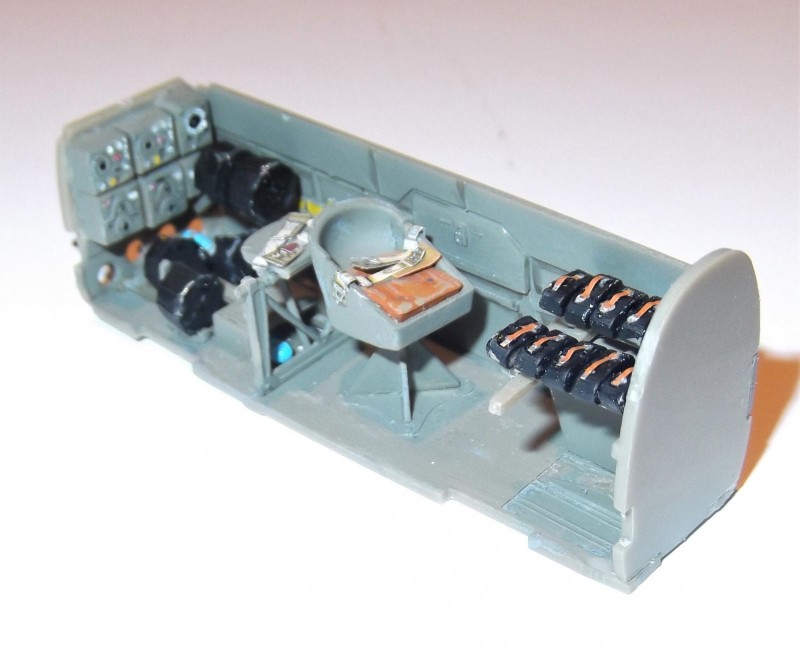
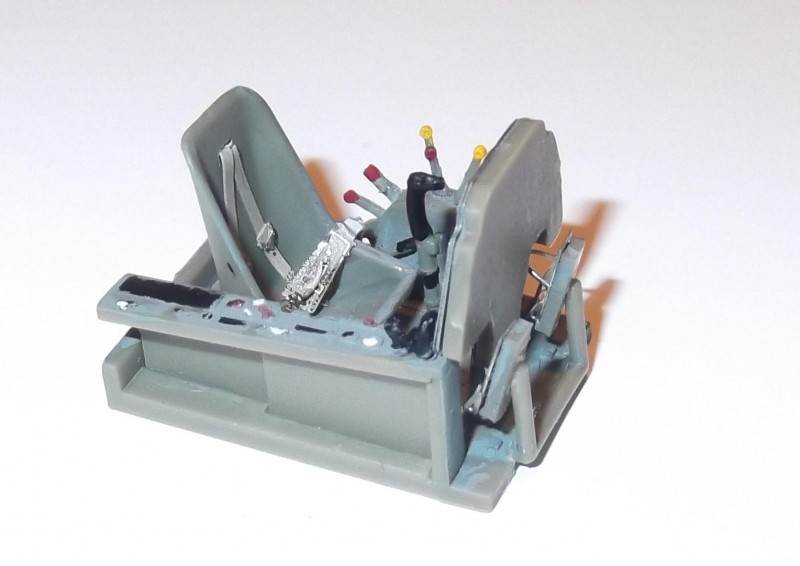
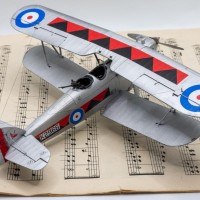


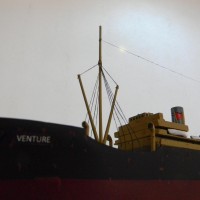
Nice work on this with a great result. Your research is very good.
Rubensdorfer was a Swiss Nazi, a true believer who came to Germany to fight for Der Furor and his baloney. In other words, a serious fool.
Rubensdorffer was of German parents from Pforzheim who had moved to Switzerland. He had been in the German military for many years and had served in the Spanish Civil War. To call him a serious fool is simply incorrect.
Tom's a gifted modeller with some sound historical research behind the articles he posts here describing the skillful models he makes.
There seems to be some personal issues he has with Walter Rubensdoerffer which I don't understand. Admittedly Rubensdoerffer appears from photos to represent all the physical traits that characterise many in the Nazi party.
In my own research into the BoB, I can only admire the intelligent drive that characterised the ops of Erpro 210, particularly during July and early August 1940. I believe these stem from the skills that Rubensdoerffer brought to this unique pattern of offensive ops against Britain. Despite being unashamedly English, I can do no more than admire Rubensdoerffer's skills and tactical approach which could have been disastrous for Britain, had it been adopted more widely during the early Luftwaffe operations during the early summer 1940 when Britain was struggling to recover from the painful experiences during the Battle for France.
Paul Nash
And Rubensdörffer wasn't a 'Swiss Nazi'. His German parents moved to Pforzheim when he was 2.
Somebody needs to get their facts right...
Really nice job on this build, sir...excellent outcome.
Oh my, very nice camo
work.
Looks great! Nice bit of history to go along with it.
This what brings a story to life...adding a model or several models to create a story with a arc that has a beginning, middle and end. The end being some serious business with consequences.Two thumbs up.
Great builds! A nice read also.
🙂 … Greetings … 🙂 :
At this moment I am completely indulged and enjoying this build Paul.
Beautiful camouflage application. True is the fact that the BF - 110 is a normal sight, but looking back, I must say, I feel it is not normal here. This one has an appearance that set's it apart.
Thanks for all the kind comments guys. The Eduard kit makes a great model but has some fit issues that have been well aired but which can be overcome with care. The problems of having old age dexterity and vision issues, exagerated by a good helping of stupidity are always an issue with me that often leaves me dissatisfied with the finished product where I can see these things where others may not. Anyway, as many have observed, making models is a fun occupation!
Paul
Nice build, specialy with the story of it. That's what I like most (as you can see on my builds too) building something with history.
Your plane is gorgeous and if you enjoied building it, be happy!
Is it perfect? maybe not, I think we never are 100% happy at the end of a build, there is always that litle something...
I noticed two litle things that could be better and a LOT of them that are splendid!
Be proud, you have a nice, storical pice of modeling with you.
Congratulations!
I really enjoyed the History behind the build, Fantastic job on the build Paul, really enjoyed this post. Keep up the good work.
Cheers Marc. The advantage for me in building wartime operational aircraft is that the mistakes I make and can't rectify can be disguised as operational wear and tear, even on a relatively new machine like W Nr 3338 was by mid August. One of your skills with your unique creations is that you manage to produce them flawlessly as if they'd just come out of the factory. I'm always impressed by this. Paul
This is an excellent article! I liked everything about it, from the story account of the actual combats that happened between the aircrews, to the plane and it's final fate,... to the build description and photos. A complete and vivid picture is formed of what happened that day so many years ago.
The fuselage mottling on the 110 is particularly convincing. Very lifelike indeed, especially on the nose section.
Sorry for the late response, I haven't been too active on here lately and just noticed this beauty...
Please keep them coming 🙂
Well done and "liked"
Thanks Louis. Good to hear from you. I check the website often but my model output is slow and sporadic. Taking a bit of a break from the bench myself, although like most of us there's a bunch of boxes beckoning. Keep well. Paul.
Whoops, missed this one last year. Beautiful job on this Paul. Really nice job!
"Liked"
@white4freak
Great work as always Paul. Your skill as a modeler, good research and photos makes this a winner. Well done! As modelers that are part of a worldwide modeling fraternity on iModeler, we are all opinionated about past realities like WW II. However, none of us fought in the hell that was WW II. All combatants were soldiers that got drafted or volunteered out of patriotic furvour or political beliefs they were prepared to die for. Each had to muster the courage to face certain death on a daily basis. I admire every combatant that answered the call to arms.